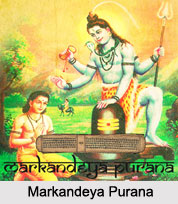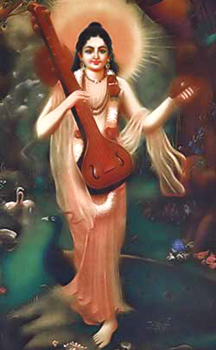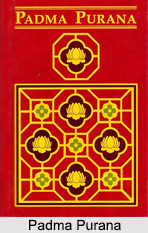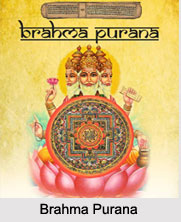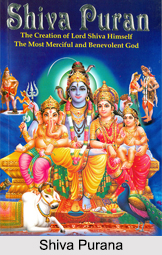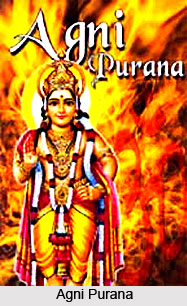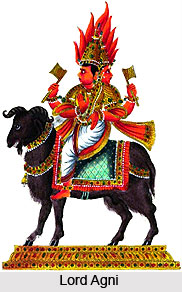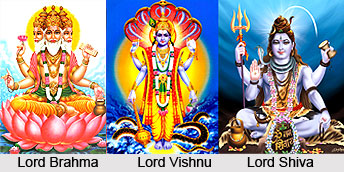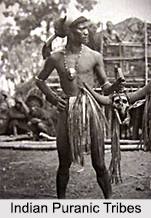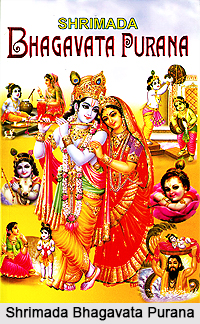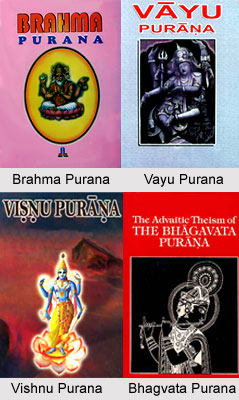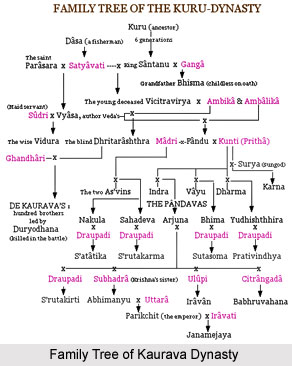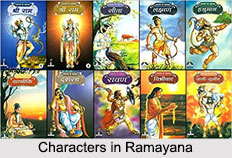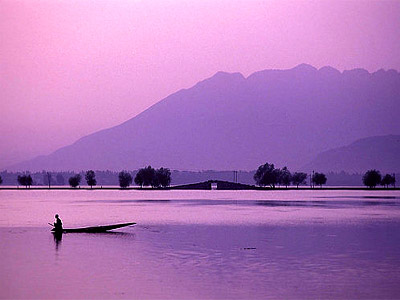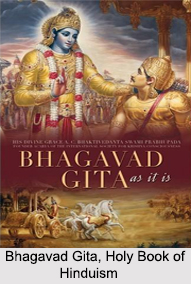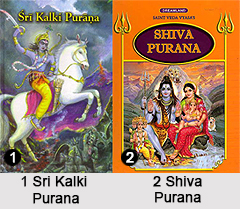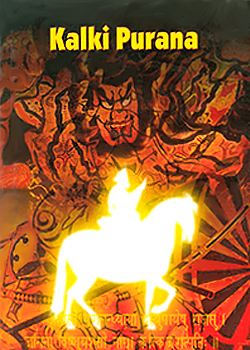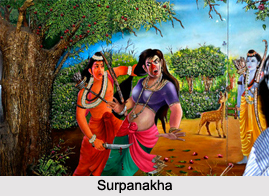The Fire God in Agni Purana has dealt with the figures of speech and the rules of Rhetoric in general, which are used to embellish the subject-matter of a poem or a drama. The science of Rhetoric admits of three main divisions such as the Dhwani (Division of poetry in which the implied or suggested sense of a passage is more striking than the expressed sense, or where the expressed sense is made subordinate to the suggested sense), Vakyam or a sentence (complete utterance of a thought) and the Padam (a complete or inflected word).
In Agni Purana it has been mentioned that all these three divisions of Rhetoric are usually found in works of positive science or narration. Pre-eminence is given to terms (Shavdas) in works of science (Shastras), to the culminating point of narration in books of story, while in books of poetry, the Avidha (denotation or literal meaning of a word) draws the greatest attention, and hence poetry is differentiated from the two preceding sorts of works.
The first Varnas are the most important, the second division ranks next in respect of importance, while the third (the inflected forms of verbs and nouns) forms the life, as it were, of poetry.
It has been said that poetry is a sentimental statement, expressed in rhetorical terms, which should number only as many as are necessary for giving the fullest utterance to an idea, and in the shortest possible way without any faulty rhetoric. Prose on the other hand is bereft of metrical feet or quarters, and consists of a collocation of complete statements, usually divided in its turn into three sub-heads, such as the Churnam, the Utkalika, and the Vritta Sandhi. In the class of composition known as the Churnakam, all words possessing harsh sounds, as well as long grammatical compounds, are avoided. A Churnakam, abounding in long grammatical compounds, is called the Utkalika, while a prosaic composition, loosely and remotely observing the rules of a metrical stanza (Vrittam), called the Vritta-Sandhi.
Agni Purana says that a verse consists of four feet or quarters, and is called the Vrittam or the Jati, according as it is regulated by number and position of its syllables, or syllabic incidents. According to the divisions of Pingala, a verse is called either the Sama Vrittam (of equal feet), Ardha Sama Vrittam (Half equal metres), or the Vishama-Vrittam (Dissimilar, metre). Knowledge of their rules and composition, serves him as a boat to cross the ocean of poetry, who seeks to visit its opposite shore.
Several types of poem have been referred to in this adhyaya of the Agni Purana. It has been said that the Muktakam consists of single stanzas, all severally composed, and with a special view to the excellence of each. The type of verse known as the Kosha, is composed of fine pearls of poems, as it was, but not linked to each other by any special spontaneity of idea. The type Prakaranarn, in which the cantos or divisions are composed with different metres and sentiments, is divided into two groups, viz., the audible poem, and the dramatic play.

